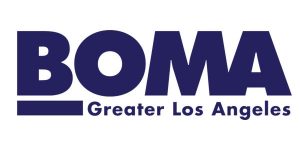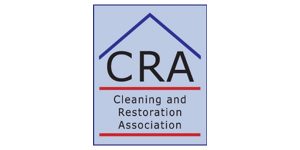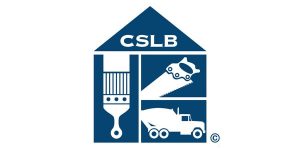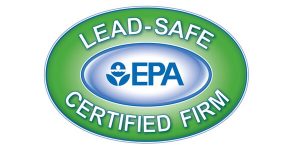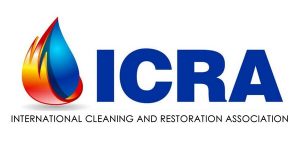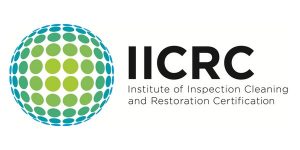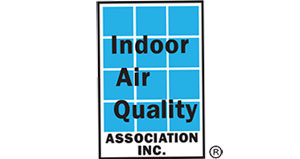
Precautions against COVID-19 infections will continue until there’s a vaccine, perhaps longer. So we can expect to be paying attention to hand washing, face covers, cleaning, and disinfection for at least another 12 months. But as biohazard remediation experts we know how effective proper cleanup and personal protection can be in protecting both our clients and our workers, so we know it’s well worth the effort.
Let’s Be Clear
What follows is only a summary of the issues and actions that need to be taken. For details, see https://www.cdc.gov/coronavirus/2019-ncov/prevent-getting-sick/cleaning-disinfection.html and the links from that page.
First, consider how respiratory viruses are transmitted. Coughing, sneezing, and in some cases merely talking releases tiny droplets containing moisture and the virus into the air. That can directly infect anyone within about 6 feet. Those droplets can also settle on surfaces and remain infectious for anywhere from a few hours to possibly as long as two weeks. Touching those surfaces raises the possibility of transferring the virus to your mouth, nose, or eyes and from there they enter your body.
In addition to face coverings and avoiding physical contact, preventing spread includes removing the virus’ threat from the environment. To be specific, there are two processes.
- Cleaning physically removes compounds that may allow a virus to remain viable longer, and may physically remove the virus itself as well.
- Disinfection damages or destroys a virus so it’s no longer viable and can’t cause disease. Sterilization commonly refers to disinfection using high temperatures.
It’s important to wear disposable gloves when cleaning and disinfecting. When you’re done, remove them and wash your hands immediately, as removal can bring your hands into contact.
Hand Washing
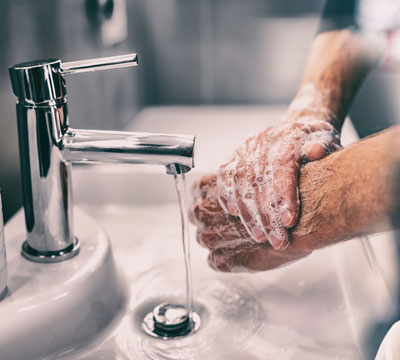 You’ve heard you should wash your hands frequently. But when? And how?
You’ve heard you should wash your hands frequently. But when? And how?
Whenever you’ve:
- blown your nose, coughed, sneezed, or gone to the restroom,
- before preparing food or eating,
- been out of the house,
- been in close contact with others,
- been cleaning.
So, basically, what your mom used to bug you about during the flu season!
It’s believed best to use hand- or bath-soap for at least 20 seconds, hand sanitizer if soap and water aren’t available.
Cleaning
Things you’re likely to be near should be cleaned daily with the soap, detergent, or other cleansers you normally use. “High-touch” surfaces such as counter-tops, desks, doorknobs, faucets, handles, keyboards, light switches, phones, sinks tables, and toilets several times per day. Ideally after each use or change of user.
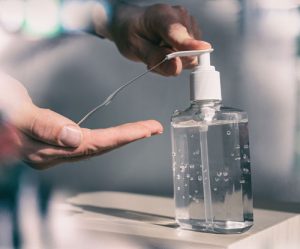 Disinfecting
Disinfecting
Evidence indicates that COVID-19 remains active on porous materials such as cloth, wood, paper, and cardboard for a few hours to a day or so, but several days (and perhaps much longer) on hard surfaces such as metal, glass, and plastic.
Anything visibly dirty should first be cleaned, then disinfected using an EPA-registered disinfectant. Products so marked meet the criteria for COVID-19 disinfection. The good news is that they’re more common than you might think so you may already have a couple.
Electronics
Personal, home and business electronics are a particularly long-lasting opportunity for virus transfer via touch screens, keyboards, and mice. You should check the manufacturer’s instructions for cleaning and disinfecting them. If you can’t find that info, use alcohol (70% or above) then dry thoroughly. But this may harm some items.
Hard Surfaces
Use household disinfectants that are EPA-registered and follow the label’s instructions, including how long to leave the surface wet before drying. Some products require gloves (a good idea anyway) and extra ventilation.
Otherwise, you can use 1/3 cup bleach diluted with 1 gallon of water or 4 teaspoons per quart of water. Leave surfaces wet for a minute then dry thoroughly. Alcohol is less effective than bleach but presents less risk of harming your possessions.
Bleach Notes: Bleach does loose it’s effectiveness over time, so check the expiration date. And don’t forget it’s made to whiten and remove stains so it can harm some types of materials. Also never mix bleach with other cleaners or disinfectants — the results can be poisonous gas!
Soft Surfaces
Materials such as carpets, rugs, and drapes can be washed using detergents appropriate for the particular material. Launder using the warmest appropriate temperature dry completely. Clothing, towels, and linen can be handled the same way.
Laundry Notes: Don’t shake dirty laundry as that can make the virus airborne again. And don’t forget to clean and disinfect clothes, hampers and laundry baskets.
When Someone is Sick
When someone in your home is sick, assume it’s serious and be super-vigilant in every aspect. Whenever possible, they should have their own bedroom and bathroom, a sort of quarantine area. To avoid spread it’s best to let the ill person do as much as their own cleaning as they’re able. If a separate bathroom isn’t available, wait as long as possible after their use before disinfecting it.
They should also have their own trash bin, and you should wear gloves when handling them. You should also wear gloves when handling dishes and use hot water or a dishwasher.
Most critically, call their doctor or a health-care professional if their symptoms progress past what’s typical for the common flu.
You’ll be advised if hospitalization is recommended. Be sure you understand which hospital to go to and how transportation should be handled.
Businesses Step Up
Business owners and managers should be sure their employees have all the needed supplies and understand when and how to use them.
In the instance of one or more COVID-19 cases the immediate area should be cleared for appropriate waiting time (depending on air circulation and other factors) before anyone enters with gloves and a face mask to clean and disinfect.
Owners and managers should seriously consider periodic cleaning by bio-remediation experts. Our certified technicians can help protect your employees while protecting our own cleaning specialists.

